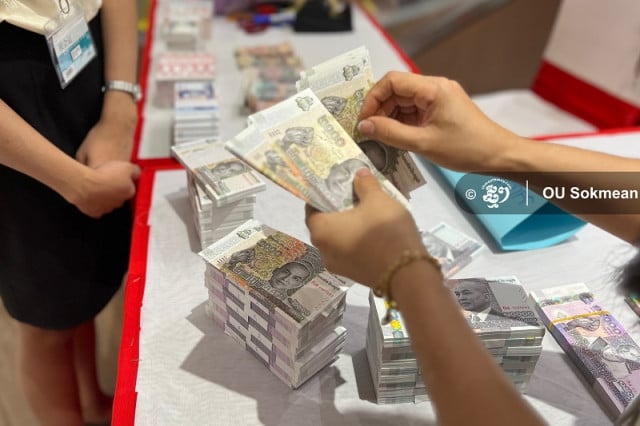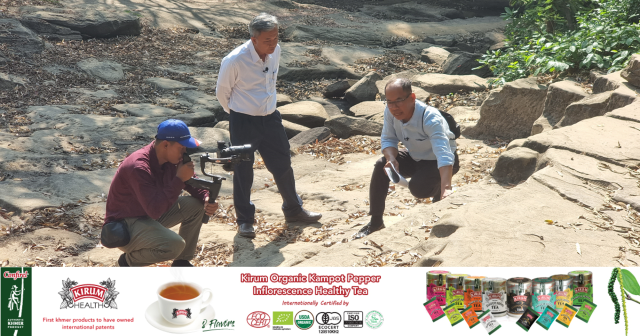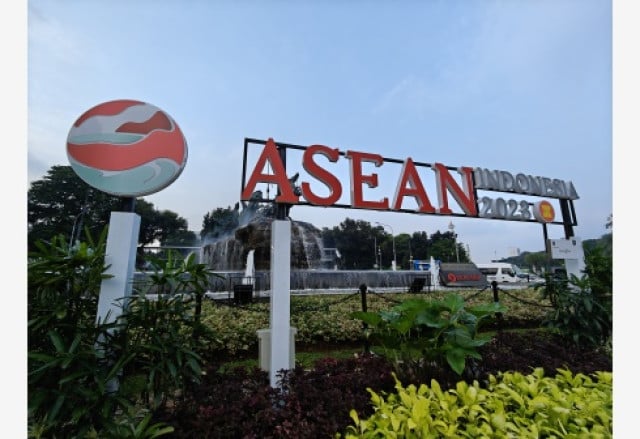Opinion: How Using the Riel Will Benefit Cambodia’s Economy

- By Ou Sokmean
- March 27, 2023 9:45 AM
The National Bank of Cambodia (NBC) continues to implement monetary policy and measures to make Cambodia's de-dollarization process effective in order to increase the use of the riel, which will benefit Cambodia’s economy. Already, riel spending in the national economy has increased by around 15 percent as the promotion of the riel has become more widespread.
Maintaining market value
The market's commodities and currency function in ways that are linked, meaning that if the management flow is incorrect, the value of the currency and the price of commodities will fluctuate, making estimation difficult. If banknotes are overprinted, their value will decrease and the commodity prices will rise, causing inflation.
On the other hand, if the printing of banknotes does not meet the demand on the market, the value of the currency will rise above its level, leading to deflation and a fall in commodity prices. If the price of goods goes up, it will affect people's livelihoods, but if the price of goods goes down, it will affect investors and producers.
Thus, it will be easier for the government to manage currency and goods’ market prices when more Cambodians use riel banknotes.
However, since 1993, Cambodia has made extensive use of the US dollar. Since the US dollar dominates the Cambodian economy, they are used to measure changes in commodity prices.
Because the National Bank has no control over foreign currency, the spending of dollars has reduced the effectiveness of its monetary policy. Therefore it is obvious that the National Bank can effectively control the price of commodities steadily if Cambodia uses the riel more than 80 or 90 percent.
At this point, if there are many riel banknotes on the market, the National Bank can collect riel notes back, but if there are too few, the bank can’t issue additional riel notes in proportion to market demand.
Promoting exports and investments
If Cambodia only uses the riel as currency, the National Bank will have the power to fully use monetary policy to stimulate the country’s economy by boosting exports, valuing or devaluing the currency, and adjusting the exchange rate.
Let’s assume that a bag made in Cambodia costs 4,000 riels and that the current exchange rate for that amount is US$1. Thus, a bag from Cambodia costs US$1. However, if the bag costs 4,000 riels and $1 is worth 4,200 riels, they will only need to spend US$0.88, that is, less than a US$1.
Such example regarding exports demonstrates that the bag is less expensive on the global market, which is regarded as the best way to purchase Cambodian goods.
The US dollar and the riel have been exchanged at a constant rate of 4,050 to 4,100 riels per US$1 for the past 20 years in Cambodia.
Banknote printing revenues
The National Bank of Cambodia makes money when money is printed and then circulated on the market.
Let's say that the National Bank prints and sells a 10,000 riel banknote for 10,000 riels, with a negligible cost for printing and production. As a result, when Cambodia needs more riels, the government will profit from printing it.
But the profit goes to the United States instead because Cambodia uses lots of US dollars.
According to a National Bank study, the national economy has been using the US dollar 85 percent of the time over the past three decades.
Foreign reserve accumulation
The use of the riel currency increases national reserves through the flow of foreign currency into the Cambodian economy. This implies that investors having foreign currency must convert it into riel before bringing it into Cambodia's economy.
The National Bank will be able to save money from foreign investment sources in this way so that it can invest in safe financial instruments such as bonds to generate revenues and increase the national reserve.
As Cambodia has a large national reserve, this will increase confidence in the use of the riel and enable the National Bank to intervene on the exchange markets to keep the riel stable. This is another economic benefit of using the riel to stabilize the nation’s economy and increase its reserves.
According to the National Bank of Cambodia, by the end of 2022, Cambodia's international reserves were to be about $20.3 billion. With its international reserves, Cambodia can guarantee the import of goods and services for up to seven months in case the country faces a crisis or emergency situation.
Increasing social welfare
Using the riel enables the government to better manage the national budget by reducing reliance on foreign currency and debt by issuing Cambodia Securities Exchange in riel (the state borrows money from its own people) to invest in public infrastructure such as schools, roads, and hospitals.
Originally written in Khmer for ThmeyThmey, this story was translated by Te Chhaysinh for Cambodianess.















